3 Foundations of Holistic Homeschooling
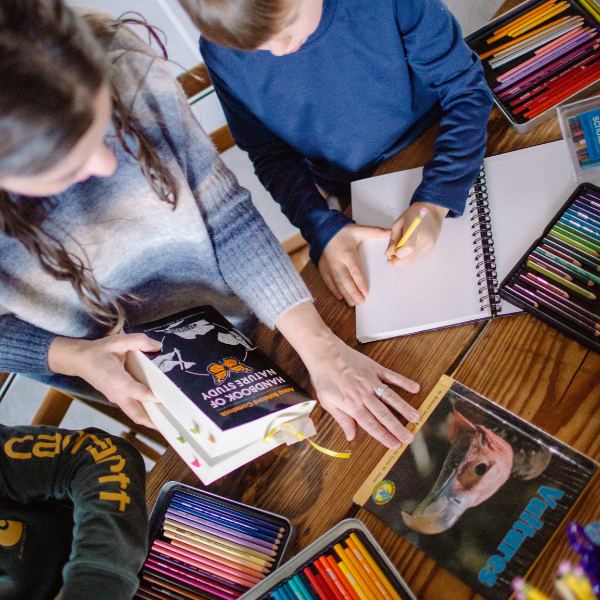
This post may contain affiliate links, which means I make a small commission at no extra cost to you.
See my full disclosure here.
Does holistic homeschooling sound loosey-goosey to you? Are you wondering what it looks like to depart from conventional curriculum? Are you curious about how I teach my three children?
I’ve received so many questions about how we homeschool, and today I’m attempting to give you an inside look at what holistic homeschooling looks like for our family.
At the end of this post, I’m also providing a list of resources with links.
More about homeschooling:
- How to Choose a Homeschooling Method
- A Gentle Approach to Kindergarten
- How to do Charlotte Mason Picture Study
- How to do an Advent Picture Study
- Thoroughly Equipped to Educate
Here’s a peek at what an average day of homeschooling (and homesteading) looks like for us:
- Part 1: Day in the Life: Homestead Homeschool Morning
- Part 2: Day in the Life: Cozy Homestead Homeschool
- Part 3: Day in the Life: Midday Homestead Homeschool
- Part 4: Day in the Life: Homestead Homeschool Family Dinner
- Part 5: Day in the Life: Homestead Homeschool Evening
If you’d rather listen or watch me explain our homeschooling philosophy and practices, check out this video. Can’t see the video? Click here to watch.
3 foundations of holistic homeschooling
I always say, and I firmly believe, that if you pulled your children out of school and did only these three things with them, they would receive an education far superior to what they would get in any public school (and most private schools):
- Read living books
- Go outside and explore nature
- Learn life skills
These are the three most important things. Watch the video linked above for more details and inspiration on reading living books, exploring nature, and learning life skills.
Many of us choose to add more to the foundation of reading, nature, and life skills. What does this look like?
Enterprises
For us, living on a working farm, we choose to focus on farm-centric activities from about March through October.
My children each have at least one, and usually two or more enterprises. They spend quite a bit of time on their enterprises: growing and cutting flowers for sale, selling heritage chicken eggs, selling duck eggs, selling artwork via Etsy and local shops, tending goats for dairy and breeding, dog breeding, etc.
Included in their work for their enterprises is the practice of bookkeeping: tracking and recording expenses and income.
Life skills
My children also work on our farm. They help with mowing, weed-eating, veggie-harvesting, veggie-processing, and more. This takes a lot of our time during the growing season!
They also help in the house with chores like vacuuming, dishes, cooking, laundry, and more. These responsibilities continue year-round.
Life skills are a big part of holistic homeschooling!
Academics
From mid-to-late October through March/April, we focus more on what we call “lessons”, or book work.
My oldest two sons, 16 and 12, work independently on math, reading, and writing. Their readings cover topics of all sorts: sciences, history, literature, geography, and more.
I work directly with my youngest son, age 8. Now that he’s in third grade, we work for about an hour a day together. When he first started, at age 5-6, we spent about 20 minutes per day on “lessons”.
Books for all three boys are chosen primarily from the Ambleside Online book lists. Please note that I don’t worry too much about the “year” on this list. Instead, I use the list from each year as a general guide that we work our way through. A mom could drive herself crazy trying to keep up with all the books on these lists! Especially a mom who farms and whose entire family runs multiple enterprises. We have to pick and choose.
The older boys, who work independently, each have a printed checklist they use to stay on track with their readings. It mainly helps them know in which order to read their books, as they’re constantly cycling through a list of about ten books.
The checklist also helps them not to forget their other studies such as dictation/spelling, recitations, etc.
Recitations
Each boy is always working on memorizing three things: a Scripture passage, a hymn, and a poem.
For the last two-ish years, they’ve actually memorized the Declaration of Independence as their poem. Yes, the entire document. It was a great challenge for them to master and they really rose to the occasion!
We typically cover these during our together lessons, with the older boys also working on their recitations during their daily independent work. It’s amazing how much one can memorize simply by spending about 10-15 minutes on it per day!
Math
In the list of resources below, you’ll see several different math programs and curriculums. Each of my sons uses a different math method! Over the years we’ve tried so many things, and finally landed on what worked best for each of them.
My oldest works with a math tutor, meeting virtually twice per week and working independently on the in-between days. He uses Singapore Math.
My middle son loves math and works completely independently through an online program.
My youngest son works with me, using a Charlotte Mason style math program on which we spend 20 minutes, tops, per day.
Together lessons
Once or twice a week, we all four meet together for “together lessons”. This time includes the following, but we never do all of this in one day! Instead, we rotate through, covering several each time we meet:
- Poetry
- Music/composers
- Art/artists
- Nature journaling
- Hymn studies
- Folk songs
- Catechism
- Civics
- Geography
- Foreign Language
- Recitations
Lessons are ALWAYS keep short: 10-20 minutes per subject. For the younger two boys, lessons are always finished by lunchtime. My oldest son usually finishes up his independent work after lunch.
Music
Each student also practices an instrument of their choosing and receives regular lessons. All three boys began with piano lessons around age 6.
My oldest son has played the fiddle for almost two years now, at his request. He loves it!
My middle son plays the guitar, at his request, as well as the mandolin. He also continues to play the piano but no longer takes piano lessons. And he plays the jaw harp!
Both older boys also play the harmonica, teaching themselves from a book.
My youngest son, age 8, had to pause piano lessons during the pandemic but started up again this fall. When he gets a little older, he’ll get to choose a stringed instrument (or otherwise) if he wants to. His brothers are trying to encourage him to pick the banjo.
Hobbies
I’ve also encouraged my boys to choose useful hobbies that will last a lifetime, can be used to bless others, and can be monetized if they desire.
My oldest son focuses on art: painting and drawing. He sells his artwork via Etsy and at a local shop, and he makes gifts of his artwork to friends and family members.
My middle son knits. He has knitted hats as gifts and is currently learning to knit dishcloths as gifts and possibly to sell. When he was much younger, he started with a hot pad loom and loved it! From there, we explored the art of knitting which turned out to be a good fit for him.
We have yet to identify a hobby for my youngest son, but I’m in no rush. Mostly he spends his spare time playing and listening to audiobooks, which is fine by me!
They also spend time on other hobbies like fishing, training their dogs, building/working on their pallet fort, jig saw puzzles, and more.
And more
Without being super strict about it, I’ve also encouraged the older boys to focus on acquiring skills or tackling special projects. Examples have included lawn mower repair, tanning rabbit hides, starting a worm farm, building a pallet fort, working on water capture for the farm, building projects for their animals (nesting boxes, feed boxes, mobile poultry structures, etc.).
Nature explorations
When the boys were young, we teamed up with fellow homeschooling family friends for frequent nature explorations. We actually continued this practice for about ten years, meeting weekly at first (I can hardly believe that!) and gradually tapering off to once per month when the kids got older and had more responsibilities.
What a rich time of discovery and friendship-building that our children will carry with them all the days of their lives. We have so many wonderful memories from those times!
Since we moved to the farm four years ago, our availability for nature explorations has decreased. It’s kind of an oxymoron of farm life! Now we spend so much time in nature that during our free moments, we tend to want to be inside.
However, now that we’re feeling more established on the farm, and now that I’m realizing how quickly my boys will fly the nest, so to speak, we’ve determined to make regular nature outings more of a priority.
We now have several sets of friends with whom we schedule regular nature outings that are wildly enjoyed by all. It’s just the best.
In summary
I hope this helps to shed some light on the actual nuts and bolts of our unconventional, holistic homeschooling. Any questions? Drop a comment below and I’ll do my best to answer.
It might sound like a lot, but it’s really just the sum total of many faithful moments prioritized over years of homeschooling. We don’t worry about missing lesson days in order to go on nature explorations, enjoy outings to museums and other destinations, host family and out-of-town guests, or work on special projects.
If my goal were to cram as many facts into my kids as possible, I’d freak out about skipping lesson days. However, my goal is to inspire them, teach them HOW to learn, and lay out the feast of amazing subjects and topics before them to whet their appetite.
They’ll spend the rest of their lives learning about our amazing world, and the beauty of this method is that they will still WANT to learn because that desire hasn’t been squashed out of them by a lifeless, one-size-fits-all method of “education”.
Press on, friends! Give your children the gift of true learning.
Resources
One of the biggest questions everyone always asks, with good reason, is “what do you use for ______?” I remember what it was like to be a new homeschooling mom, in need of practical resources.
Below I’ve tried to list most of the main resources we use and recommend. What did I miss? Let me know in a comment.
Foundational reading for Mom:
How to find living books:
- Honey for a Child’s Heart
- Read-Aloud Handbook
- How to Grow a Young Reader
- 200+ Free Living Audiobooks
Language arts:
Humanities:
Nature studies:
Math:
Spanish:
- Spanish series – CM style (As a former Spanish teacher and CM enthusiast, I highly recommend this method!!)
- Spanish folksongs – Get the CD too, or use the Spotify list.
- Spanish vocab bingo – Self-created, to correspond with the book of series.
Other:
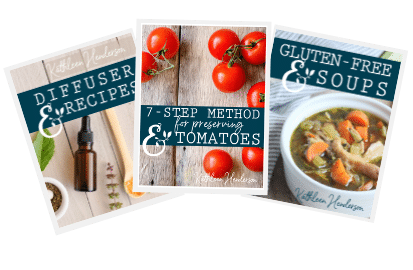
Sign up NOW for my best tips delivered weekly to your inbox!
You’ll also get instant access to my library of free ebooks and resources.
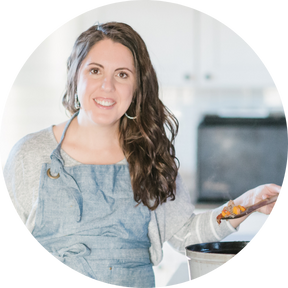

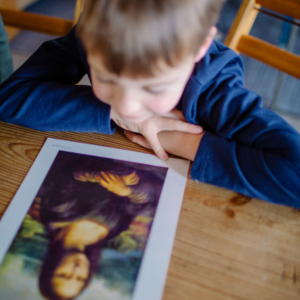
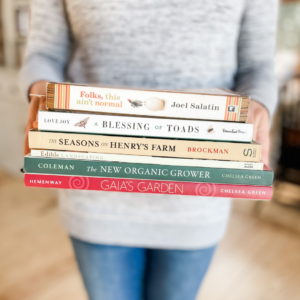
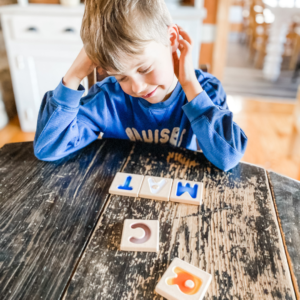
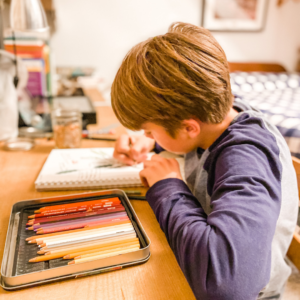
Leave a Comment